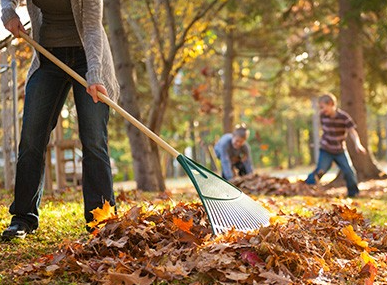 Here are the advantages of grass for both you and the environment given by cleaning services Minneapolis.
Here are the advantages of grass for both you and the environment given by cleaning services Minneapolis.Lawns help to improve the structure of the soil.
Compacted soil (soil with poor structure) does not enable water to sink into it, which means that when it rains, groundwater supplies are not replenished—this can be an issue in regions where drinking water is obtained from precipitation. Another advantage of grass is that it maintains the soil structure loose and open, allowing water to penetrate down into the pores.
Lawns purify the air and sequester CO2.
Grass, like all living things, absorbs carbon dioxide and emits oxygen. Although oxygen is necessary for human life, storing carbon dioxide is also necessary, as too much CO2 can result in increased air temperatures and other environmental hazards. Grass not only absorbs carbon dioxide from the air, but it also retains dust, keeping it out of your lungs and out of the air. Less dust in the air not only makes it easier to breathe, but it also makes automobiles, houses, and windows cleaner.
Lawns keep you cooler while while potentially saving you money.
Urban areas with a lot of buildings and concrete are much hotter than adjacent areas with a lot of grass and trees. Furthermore, cooling a building surrounded by concrete consumes more energy than cooling a building surrounded by grass. A lush lawn will not only keep your yard cooler, but it may also save you money on your air conditioning bill.
Stormwater runoff is captured by lawns.
If you have any areas of your yard that aren't covered in lush lawn, you've seen what happens when it rains hard: Ruts, divots, and holes are created when soil, mulch, or gravel is washed away. Of course, all of those items, as well as all of the water, must be disposed of. They begin by clogging storm drains, perhaps resulting in flooded streets and homes, and ultimately end up in murky, dirty creeks and lakes. A grass, on the other hand, will impede flow and allow stormwater to soak back into the groundwater system.





 Think twice before you throw something away — it could be made into something even cooler. There are plenty of ways you can upcycle something old into something useful and entirely unrecognizable. Here are some of the best new uses for old things.
Think twice before you throw something away — it could be made into something even cooler. There are plenty of ways you can upcycle something old into something useful and entirely unrecognizable. Here are some of the best new uses for old things.






